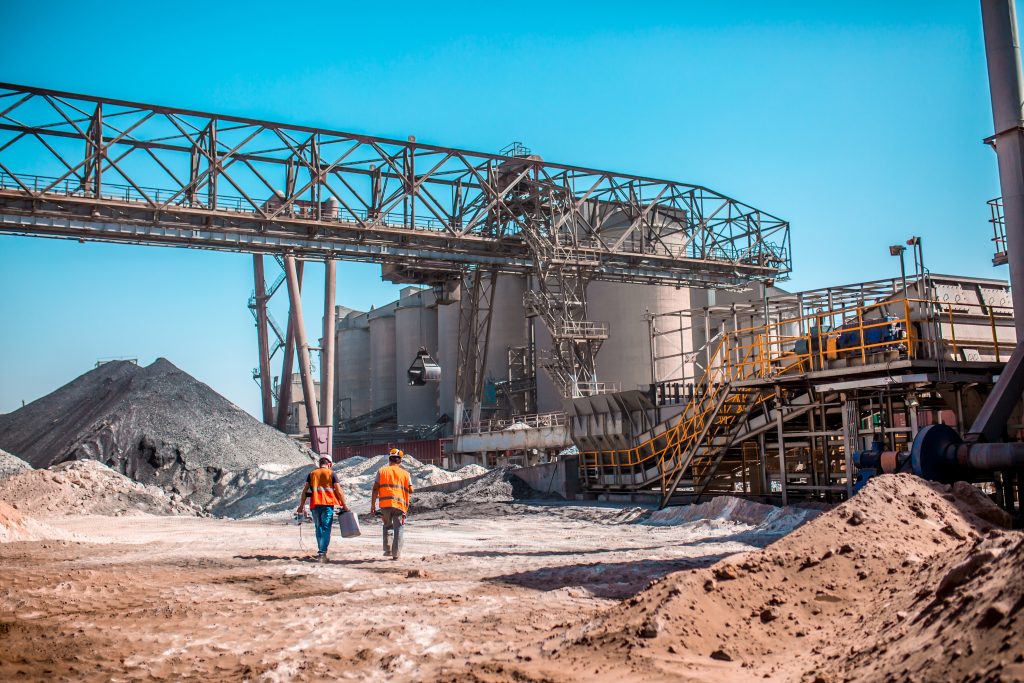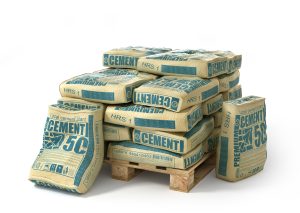Just last week, my editor came to me with a seemingly simple assignment, “Write an article about aggregate.”
I, the dullest chisel in the spoon shed, thought, “Easy money!” After all, how complicated can rock, sand and gravel be?
So, I did what any self-respecting writer in the 21st century would do—I turned to Google for a quick education.
After a few clicks and scrolls, two things became glaringly obvious:
- I knew absolutely nothing about aggregate. I mean, I could pick up a handful of sand or a pebble and recognize it as such, but when it came to the role these materials played in our world, I was clueless.
- Aggregate is, quite literally, everywhere.
With these revelations, my ‘simple’ article about aggregate suddenly felt like a mammoth task.
But fear not!
I was on a mission. A mission to unwrap the complexities of this ubiquitous material for you, dear reader, and introduce a tool that promises to tame the beast that is aggregate management.
Understanding Aggregates
So, I embarked on a quest to uncover the secrets of aggregate. To the uninitiated (me), aggregate just sounds like construction jargon. But break it down, and it’s really quite simple.
Aggregates are a collection of tiny materials—sand, gravel, crushed stone, slag, and more—that we use in construction. Each type of aggregate has its unique characteristics and uses, and understanding these can give us surprising insights into the world around us.
Let’s start with sand
Sand is on the fine side of the aggregate spectrum, and finds its way into countless applications. From forming the base of our concrete and mortar to adding aesthetic appeal to our landscapes, sand is a versatile player in the game.
Next up is gravel
Those tiny, rounded pebbles are used for making concrete or as a base layer for block paving. Their larger size makes them perfect for drainage systems—think about those gravel-filled trenches around buildings or the gravel layers in your home’s foundation.
Then we have crushed stone
This rugged material is used for a variety of construction needs due to its versatility. It often serves as the backbone underneath concrete slabs or as a base for paving stones. Plus, it’s not just a functional player; it also stars in decorative roles in landscaping.
Let’s not forget about slag
This byproduct of metal smelting might not sound glamorous, but its solid, stony texture makes it ideal for use as an aggregate in certain types of construction, like road building.
And guess what?
These materials are everywhere. The house or office you’re sitting in? Likely built with concrete filled with these aggregates. The road you drive on? Yep, aggregates. That towering skyscraper downtown? You guessed it—more aggregates than you could count.
So, it turns out that aggregates, these seemingly insignificant specks, are quietly holding our world together. But here’s where things get tricky—managing them.
As we’ll see in the next section, dealing with aggregates isn’t as simple as it might seem.
The Challenge of Managing Aggregates
These tiny materials may be fundamental to our built environment, but when it comes to ordering, coordinating, and storing them, we’re faced with a myriad of challenges.
First off, you need to order the right aggregate.
Remember those different types we discussed—sand, gravel, crushed stone, slag? Each construction project requires a different combination of those in varying quantities. And trust me, you don’t want to be the guy who botched that order. The entire project comes screeching to a halt.
Then comes the issue of coordination
Aggregates aren’t just lying around waiting to be picked up. They need to be ordered from suppliers, often located in different regions, and then delivered to the construction site at the right time. Imagine coordinating the delivery of literal tons of sand, gravel, and stone to multiple sites—it’s a logistics puzzle that can give even the most organized person a headache.
Let’s not forget about storage
These materials need to be stored somewhere until they’re used, often taking up valuable space on construction sites. Plus, if not stored correctly, you risk the aggregates being exposed to the elements, which can affect their quality.
The complexity of ordering and managing aggregates can lead to:
- Project delays
- Increased costs, and
- Logistical nightmares
And remember, these materials are everywhere in construction, which means these issues are encountered on practically every project.
How do you make aggregate easy?
What if there was a way to order, track, and manage the aggregate for your project all from your phone? I’m talking:
- 24/7 ordering
- Immediate order confirmation
- Delivery tracking, and
- Unparalleled customer service
I’m not even in charge of material procurement and I just breathed a sigh of relief.
The Solution: GoBuild360
After delving into the world of aggregate and all the complexities that come with managing them, even I know you’re due for a breather.
Well, dear reader, your wish is about to come true. Say hello to GoBuild360, the digital genie that promises to transform your aggregate management process.
So, what makes GoBuild360 the answer to our aggregate woes?
To start, e-commerce makes aggregate ordering so SIMPLE.
With a comprehensive database of different types of aggregates and their uses, you can identify exactly what you need for your project. Say goodbye to those embarrassing mix-ups between sand and gravel or those miscalculations in the quantity of crushed stone you need.
But the magic doesn’t stop there. GoBuild360 also tackles the logistics puzzle by coordinating the delivery of your ordered aggregates. Its advanced tracking features ensure that your materials arrive at the construction site at the right time, saving you from the headache of coordinating with suppliers multiple times.
And let’s not forget about storage. With ordering software, you and your supplier have an accurate idea of what’s left in storage, so running out will be a problem of the past.
Don’t just take my word for it
Check out what this happy camper had to say:
“I’m really enjoying using CLICKTOGO for placing new orders and checking the status of our account. This tool really comes in handy for me and I’m satisfied in every way.”
–Clement Esau-Mkono, LintelTech
In the world of construction, where every minute and dollar counts, GoBuild360 is a game-changer. It makes the complex world of aggregates simple, freeing you to focus on what you do best—creating amazing structures.
So, how do you get your hands on this software?
Harness the Power of Aggregates with GoBuild360
As we reach the end of our journey through the world of aggregates, I’m reminded of my initial thought: “Easy money!”
Well, it wasn’t exactly ‘easy’, but it was enlightening. We’ve discovered that aggregates, though often overlooked, are integral to our built world, and managing them can be a daunting task.
But with the right tool, it doesn’t have to be.
That’s where GoBuild360 comes in. It’s more than just a solution; it’s a revolution in aggregate management. And the best part? You can start using it today. Whether you’re a construction titan dealing with skyscrapers or a homeowner planning a renovation, GoBuild360 can simplify your aggregate management process.
So why wait? Click here to get started today. And remember, the world of aggregates is vast and complex, but with the right tool, you can navigate it with ease.
Hey! — Don’t keep this discovery to yourself—share it with your colleagues, friends, and anyone else who might benefit. After all, in the world of aggregates, we’re all learners. And now, we can also be masters.




